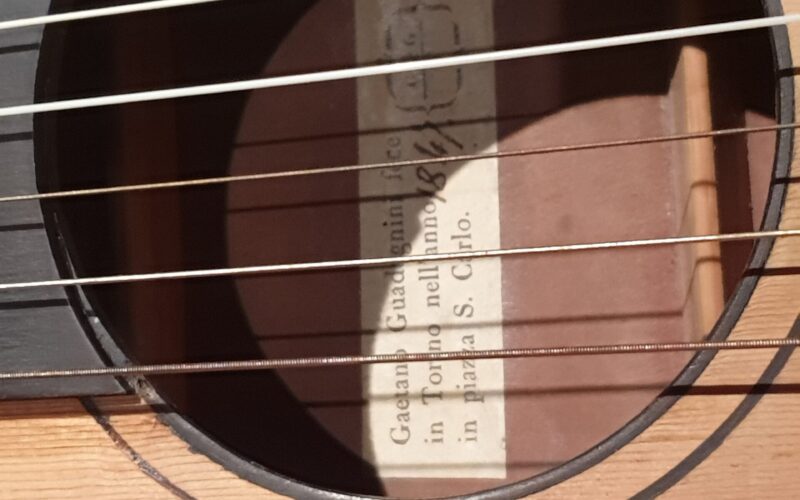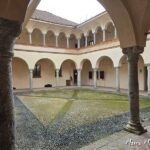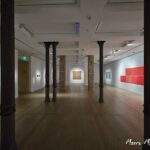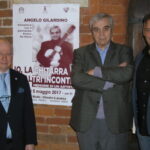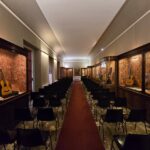In the historic heart of Vercelli, inside the Church of San Marco, an exhibition of rare beauty unfolds until January 8, 2024: “The Singing Wood.” The Church of San Marco, with its internal structure named ARCA, transforming it into a cathedral of arts, hosts this unique exhibition that intertwines the strings of 19th-century painting with those of period guitars. Part of the celebrations dedicated to Master Angelo Gilardino, a renowned composer and guitarist who passed away on January 14, 2022, the exhibition becomes a dialogue between images and melodies, memory and sound.
The exhibition showcases a selection of instruments from the precious collection of Modenese luthier Lorenzo Frignani, including a standout guitar built by Gaetano Guadagnini in 1847. This instrument, a testament to the artisanal excellence of Piedmontese lutherie and the historic Guadagnini dynasty, tells stories of manual skill and passion passed from father to son for over two centuries.
Gaetano Guadagnini, born in Turin in 1796 and active there until his death in 1852, was a protagonist of Italian lutherie. His guitars, like his violins, are famous for the careful selection of woods, carving skills, and excellent sound. His work falls within a family tradition that saw his father, Giovan Battista, recognized as one of the finest luthiers of the time, and other family members, uphold the flag of Italian craftsmanship in the world.
The Gaetano guitar in the exhibition is not just a musical instrument but a work of art, a piece of history embodying a lifetime’s dedication to the search for acoustic perfection. His “terzina guitar,” with its spruce soundboard and ebony fretboard, is an exemplary instance of this pursuit, a tribute to the mastery and constant innovation that characterized the Guadagnini dynasty.
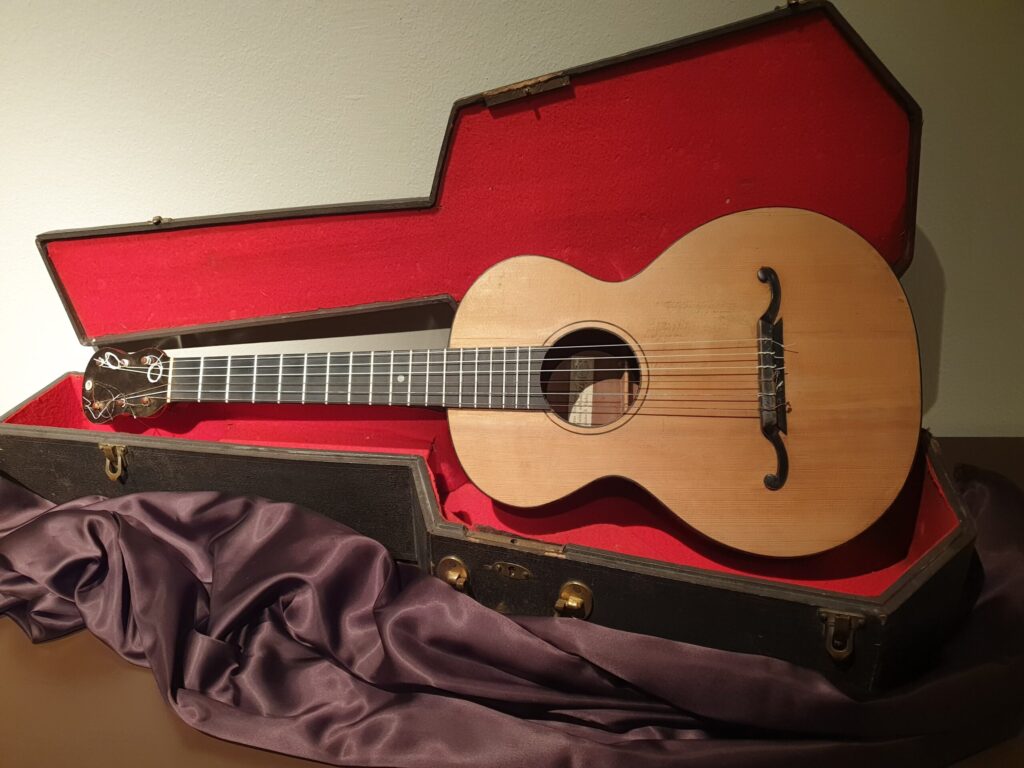
Each historical musical instrument in “The Singing Wood” exhibition transcends its physicality to become a bridge to the past. Observing these instruments, one immediately senses a timeless beauty: the finely crafted wood, the soft curves of the soundbox, the keys worn from use, each detail narrating the story of hands that have transformed matter into melody.
The aesthetics of these instruments are a visual testament to the era of their creation, revealing the styles and cultural preferences of the time. But their beauty is not only to be admired but also to be heard. When a musician embraces a guitar from the past, and the strings vibrate under their fingers, a magical act occurs: the voice of the luthier, silent for years, sometimes centuries, awakens and fills the room with invisible presences.
When played, historical instruments regain life, reviving not only their creators but also the echoes of the eras they have traversed. Each performance is a kind of acoustic resurrection that allows the luthier to communicate with the present through time. In this sense, the exhibition is not just a display of objects but becomes a historically faithful concert, where music serves as an emotional time machine.
Playing a historical instrument is an experience filled with responsibility and emotion: one becomes a custodian of a legacy, privileged to touch with hand and soul the same essence that inspired its creator. Thus, a dialogue is established not only with the art of the past but also with its spirit, in a continuity that makes the luthier’s creative act immortal.
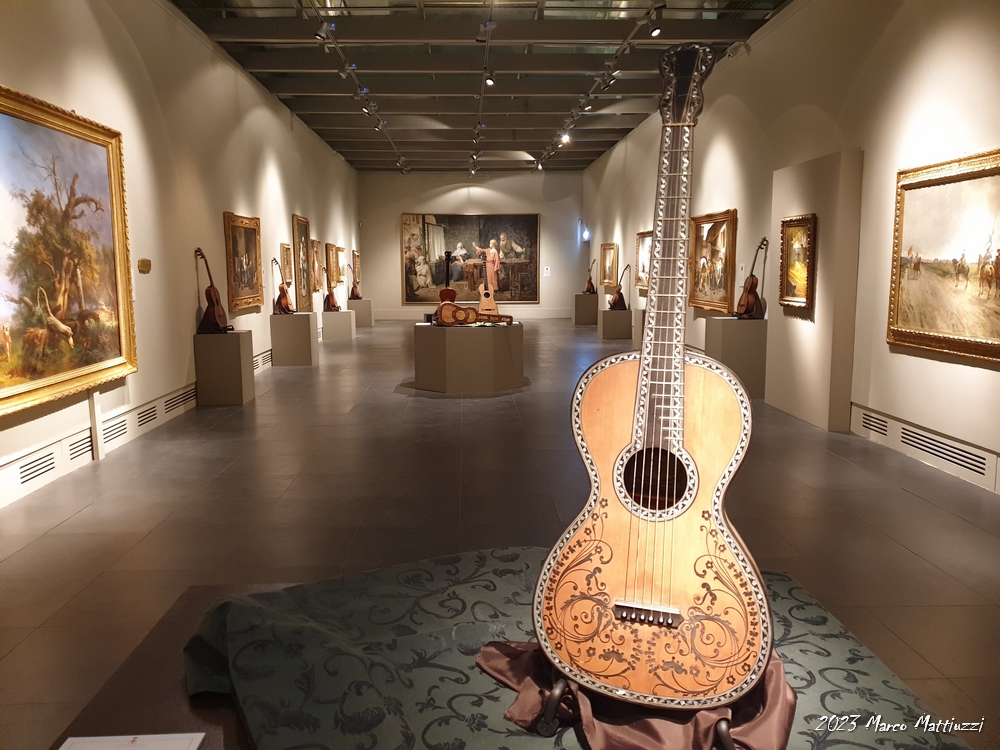
In the “The Singing Wood” exhibition, each instrument, like Gaetano Guadagnini’s terzina guitar, becomes an emblem of this transcendence. The exhibition thus becomes a stage where instruments narrate their story, and their music becomes a living tribute to the craftsmen who knew how to listen to and shape the whispers of the wood.
“The Singing Wood” is an opportunity to approach the soul of music through the instruments that make it possible, to honor the memory of a great Master such as Angelo Gilardino, and to rediscover the art of luthiers who, like Gaetano Guadagnini, have given voice to the silence of the wood. In this exhibition, the guitar is not only displayed but narrated, and its story merges with that of its creator, evoking an era when the art of lutherie was at its peak, an era that continues to resonate in the strings of every guitar that has traversed time.

